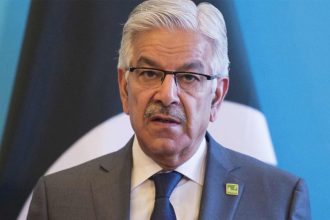India’s incoming government is set to receive a substantial financial boost from the Reserve Bank of India (RBI), which announced a record dividend transfer of 2.11 trillion rupees ($25 billion).
The unexpected windfall, exceeding government and market predictions, has already led to lower bond yields and a surge in equity markets.
The substantial funds present the new administration with strategic options: reducing the fiscal deficit by 0.3% of GDP or enhancing expenditure on infrastructure and populist measures. According to Samiran Chakraborty of Citi Research, while bond markets might favour deficit reduction, equity markets would likely prefer increased government spending.
Throughout the election campaigns, contrasts in fiscal approaches between parties were evident. With Rahul Gandhi as a prominent figure, the opposition Congress proposed annual cash transfers to disadvantaged groups and debt relief for farmers. Conversely, Prime Minister Narendra Modi’s Bharatiya Janata Party (BJP), which refrained from committing to major new welfare initiatives, has demonstrated a preference for boosting infrastructure over populist spending, even during election periods.
Shreya Sodhani, an economist at Barclays, expressed scepticism regarding any shift towards populist spending by a potential BJP-led government despite the RBI’s increased revenue projection.
The government’s spending strategy is under scrutiny, especially with the national budget presentation expected in July. This timeline gives the new administration merely eight months to allocate this year’s fiscal resources effectively.
Amidst these fiscal manoeuvres, India’s economic resilience is evident with record-breaking goods and services tax collections in April, positioning the government to achieve its fiscal target of 5.1% of GDP for the year.
Ashima Goyal, a member of the country’s monetary policy committee, suggests there might be room to tighten the fiscal deficit target for the current year slightly. She remains optimistic about reaching a 4.5% deficit by the 2025/26 fiscal year despite previous challenges, including a pandemic-induced fiscal deficit peak at 9.2%.
Thus, the new government stands at a crossroads, potentially using the RBI’s significant dividend to solidify fiscal stability or invest in more immediate, impactful expenditures.






